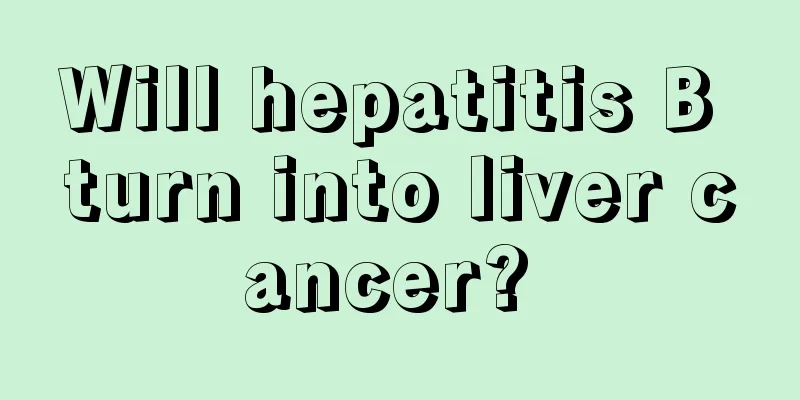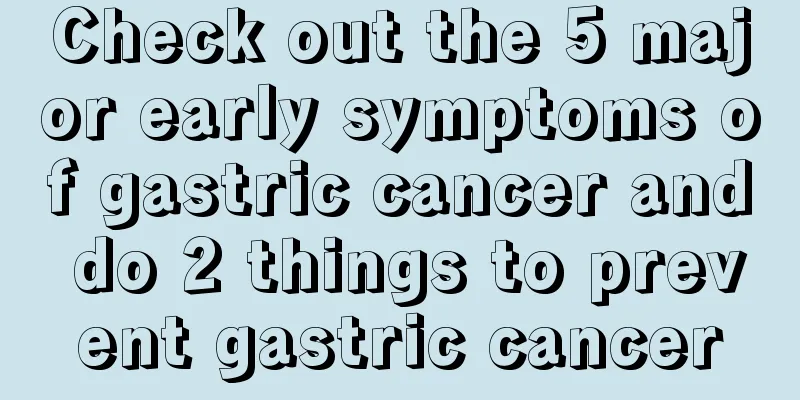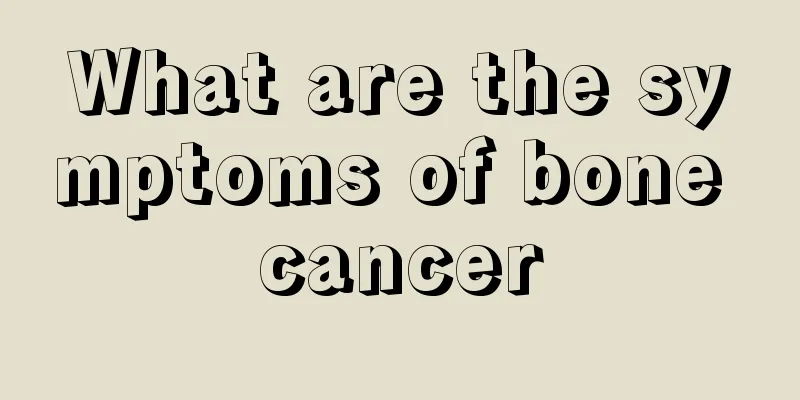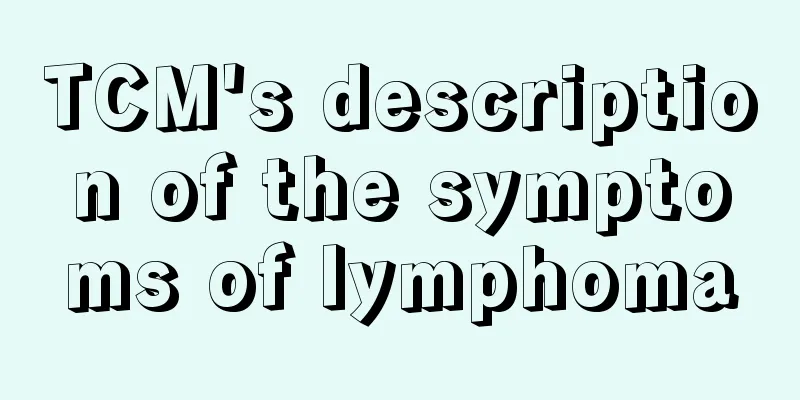Which type of esophageal cancer is most effective for chemotherapy

|
Studies have found that different pathological types of esophageal cancer have different sensitivities to radiotherapy, that is, the treatment effects are different. Generally speaking, the mushroom-shaped and intracavitary types are sensitive to radiation, have better treatment effects, and have higher long-term survival rates; the medullary type is moderately sensitive, with the second best effect, and the constrictive type is more resistant to radiotherapy and has the worst effect. The main pathological types of esophageal cancer tissue cells are squamous cell carcinoma and adenocarcinoma. Squamous cell carcinoma is more sensitive to radiation than adenocarcinoma and has better treatment effects. If it is adenocarcinoma, surgical treatment is recommended. The clinical pathological types of mid- and late-stage esophageal cancer are divided into: medullary type, mushroom type, ulcer type, and stricture type. Medullary This is the most common type in clinical practice. The cancerous tissue mainly extends into the esophageal wall, and the esophageal wall is significantly thickened. The cancerous tissue often involves most or all of the circumference of this section of the esophagus. In most cases, it has penetrated the basal layer of the esophagus or has reached the esophageal fibrous tissue. Cap type Cancerous tissue is mostly oval in shape and protrudes into the esophageal cavity like a mushroom. Most cancerous tissues do not involve the entire circumference of the esophagus, but only invade part or most of the esophageal wall. Ulcerative Cancerous tissue often involves part of the esophageal wall. The cancerous tissue is very thin and forms a deeper ulcer in the esophageal cavity. Narrowing Cancerous tissue often presents obvious stenosis and obstruction, the local esophageal wall is often shortened, the lesion almost involves the entire circumference of the esophageal wall, the tumor size is generally 3-5 cm, most cancerous tissue has penetrated the muscle layer, and the upper part of the esophagus is obviously dilated. This type is rare in clinical practice. |
<<: How do patients with esophageal cancer eat after radiotherapy
>>: What should I pay attention to after radiotherapy for esophageal cancer
Recommend
Nail pain may be caused by these three reasons. Find the cause and then treat it
Many people experience nail pain in their daily l...
Surgical treatment of early gastric cancer
Surgical treatment of early gastric cancer includ...
How to make a delicious and nutritious soup with pig stomach
Most pig stomachs can be stewed into delicious an...
Should I move more after cervical cancer surgery? How should I take care of myself after cervical cancer surgery
It is very important to properly adjust after cer...
How to take care of nasopharyngeal carcinoma after radiotherapy? Are there any dietary taboos?
Usually, many patients with nasopharyngeal cancer...
What is the role of vitamin A
Vitamin A is an important nutrient that is indisp...
Which hospital is the best for treating lymphoma
Although lymphoma is a cancer, it can be cured as...
What are the drug treatments for pituitary tumors
After many patients are diagnosed with pituitary ...
What is cryopreservation?
Rhinitis is a very common disease. There are many...
How to quickly lift sagging buttocks?
The buttocks can best reflect whether a woman is ...
The cost of treating uterine cancer
The cost of cancer treatment depends on the patie...
Can I still use expired soap?
If we suddenly find that the soap we usually use ...
What should I do if I have a fungal infection on my scalp? Do I need to take medicine?
Fungal infection of the scalp can cause a series ...
My face is red and hot, sometimes my ears feel hot and my eyes have red bloodshot
For people with sensitive facial skin, redness of...
Skin allergy after swimming
Swimming is a very suitable sport for physical ex...









